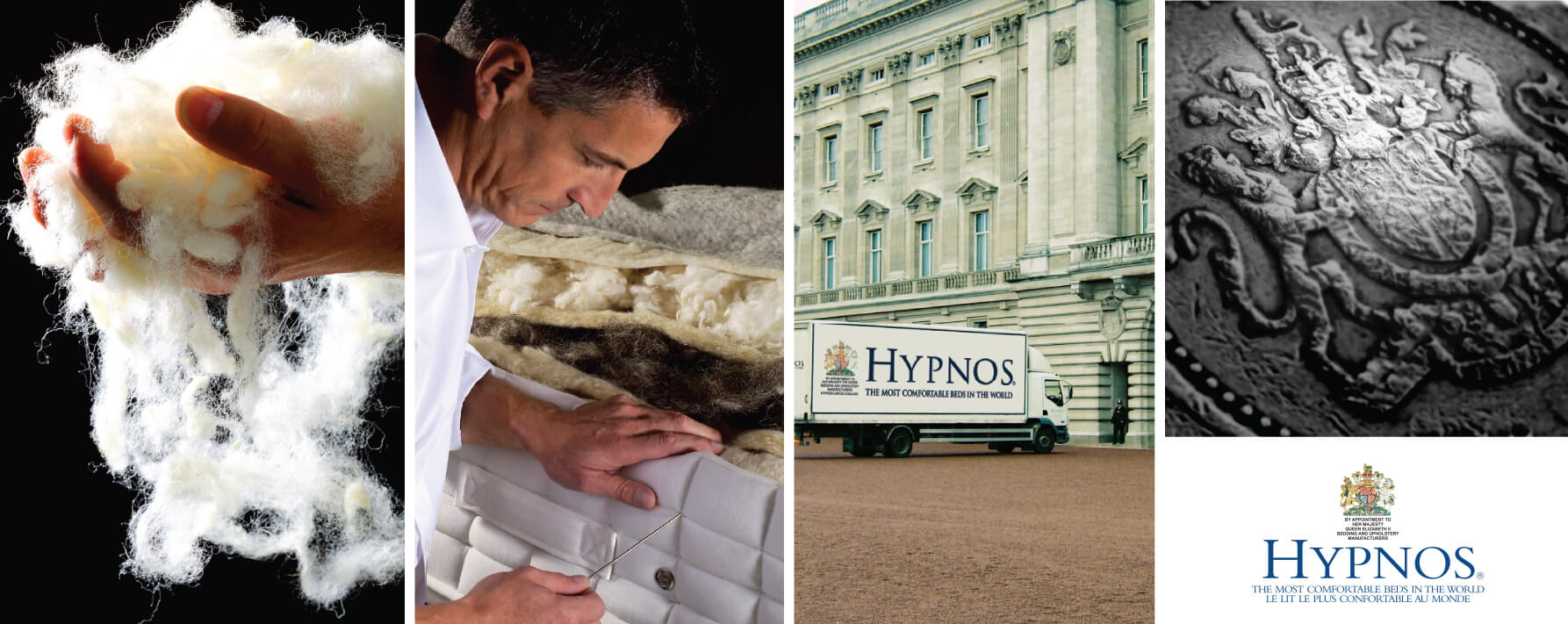My wife and I were very pleased with the customer service we received from Haris at the Healthy Bedroom. Haris went above and beyond for us when we were replacing a damaged mattress with a new mattress from Healthy Bedroom. We would highly recommend shopping at the Healthy Bedroom you will receive excellent customer service and their products are exceptional.
Latex
Our commitment to providing you with exceptional sleep experiences extends to the use of 100% natural Dunlop latex in our mattresses. This remarkable material is celebrated for its resilience and support. It conforms to your body, alleviating pressure points and ensuring a consistent and comfortable sleep surface. Dunlop latex is also naturally hypoallergenic and resistant to dust mites and allergens, promoting a healthier and cleaner sleeping environment. Its durability ensures that your investment in a Healthy Bedroom mattress will continue to pay off with years of consistent and luxurious sleep. With 100% natural Dunlop latex, we prioritize your comfort, health, and the long-lasting quality of your mattress.

Support
Offers a buoyant and responsive level of support
Durability
Highly resilient material for long-lasting use
Breathability
Open cell structure allows for good airflow
Hypoallergenic
Naturally resistant to dust mites and allergens
No chemicals
We understand that your sleep environment should be as natural and chemical-free as possible. That's why our mattresses are proudly free from harmful chemicals. We prioritize your well-being by avoiding the use of chemicals such as formaldehyde, phthalates, and volatile organic compounds (VOCs) that can off-gas and impact indoor air quality. With Healthy Bedroom, you can enjoy a pure and health-conscious sleep experience, knowing that we're committed to creating a mattress that promotes your overall health and comfort.

Non-Toxic
Free from harmful chemicals for a safer sleep
Purity
Untreated materials maintain their natural properties
Health-Friendly
Reduces exposure to allergens and irritants
Eco-Friendly
Sustainable and biodegradable for low environmental impact
No fire retardants
At Healthy Bedroom, we prioritize your health and well-being, which is why our mattresses are crafted without the use of fire retardants. While fire safety is paramount, we've chosen alternative methods to meet safety standards without compromising on the quality of your sleep environment. By eliminating fire retardants from our mattresses, we ensure that you sleep on a surface free from potentially harmful chemicals, allowing you to rest easy with the knowledge that your health and comfort are our top priorities.

Chemical-Free
No synthetic fire-retardant chemicals used
Natural Safety
Relies on natural materials for flame resistance
Health Benefit
Reduces exposure to potentially harmful substances
Clean Sleep
Offers a purer, more natural sleeping environment
Organic cotton
Organic cotton, sustainably sourced and free from synthetic chemicals, is a fundamental material in our entire product range. From mattresses to box springs and accessories, organic cotton contributes to breathability and a natural feel in your sleep environment. Its eco-friendly and hypoallergenic properties prioritize both your comfort and overall well-being.

Eco-Friendly
Sustainably grown without harmful pesticides
Hypoallergenic
Reduces risk of skin irritation and allergies
Softness
Provides a luxuriously soft sleeping surface
Breathability
Natural fibers allow for excellent air circulation

.webp)
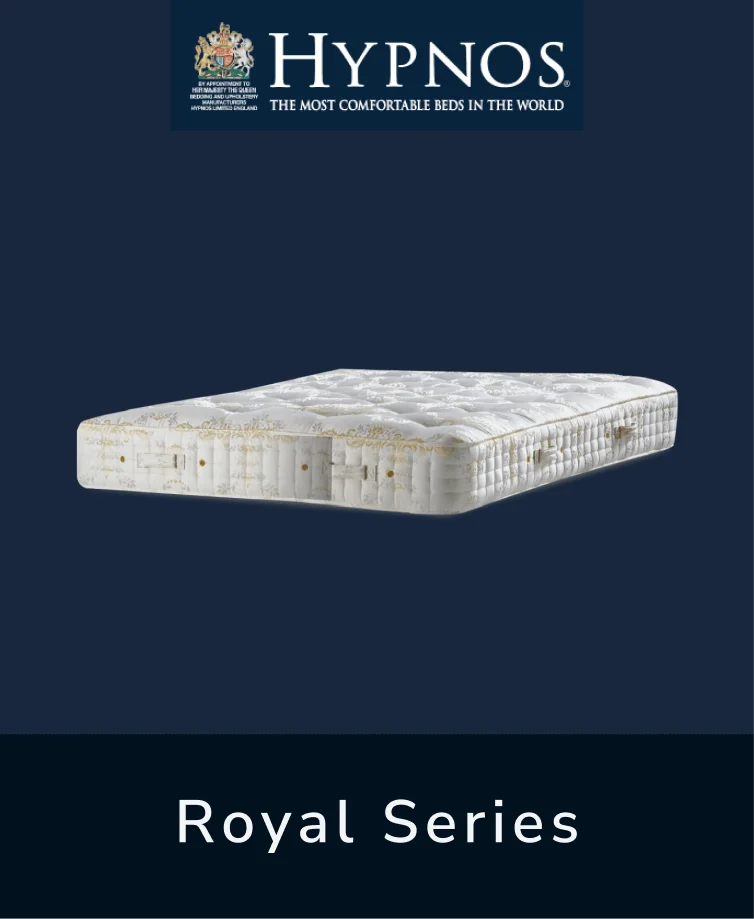

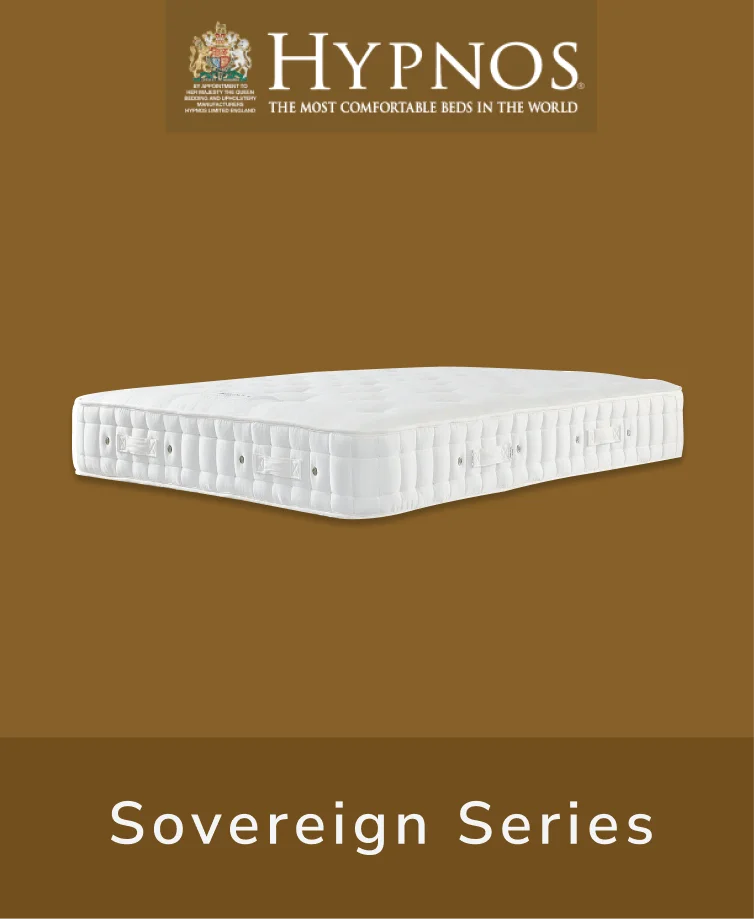
.webp)
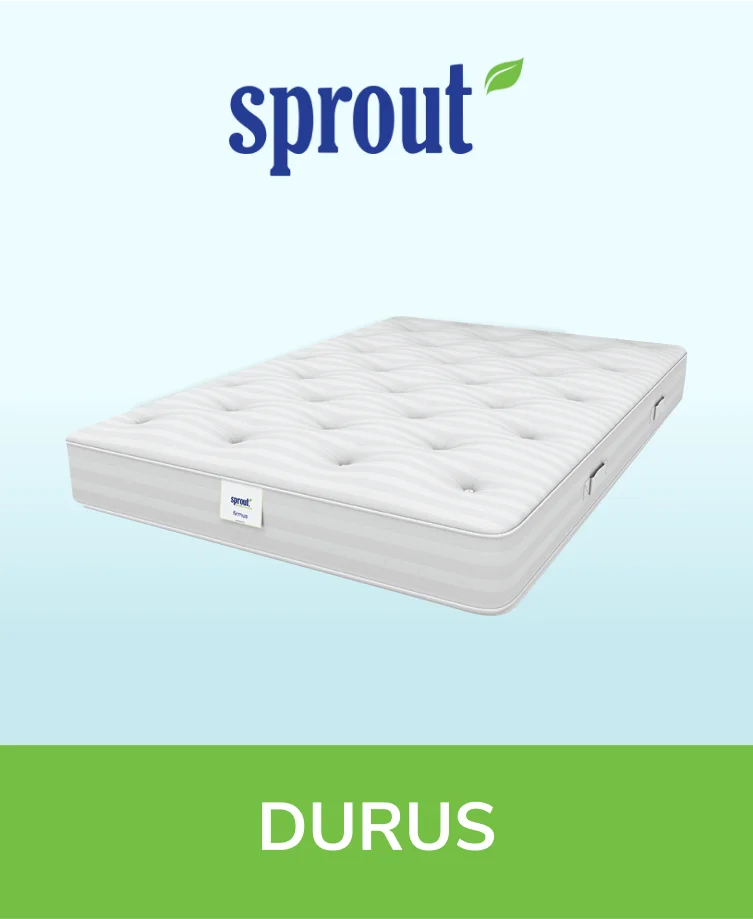
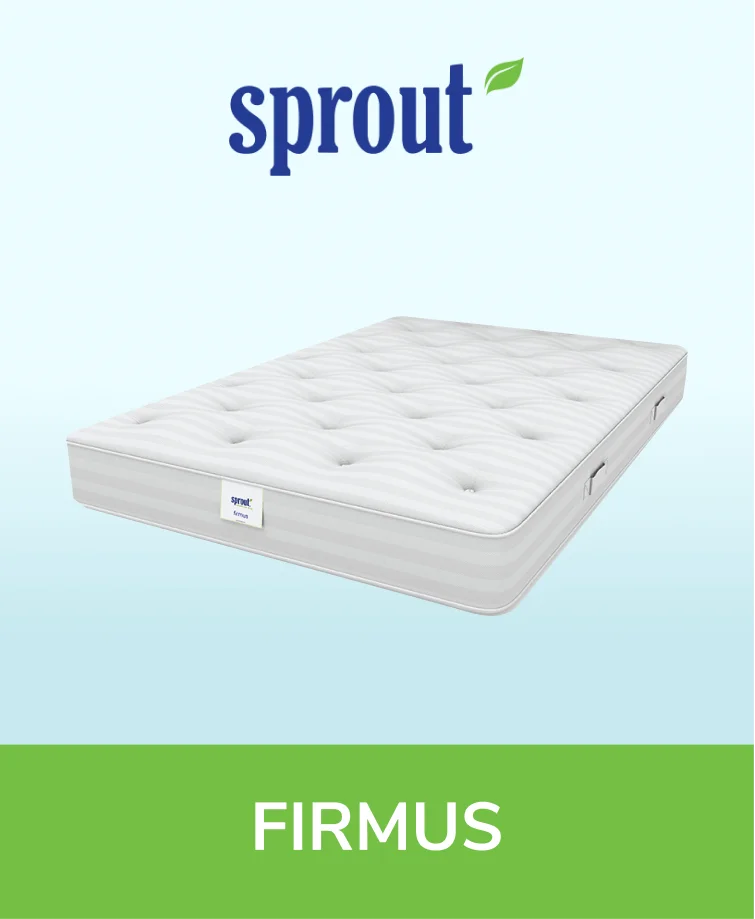
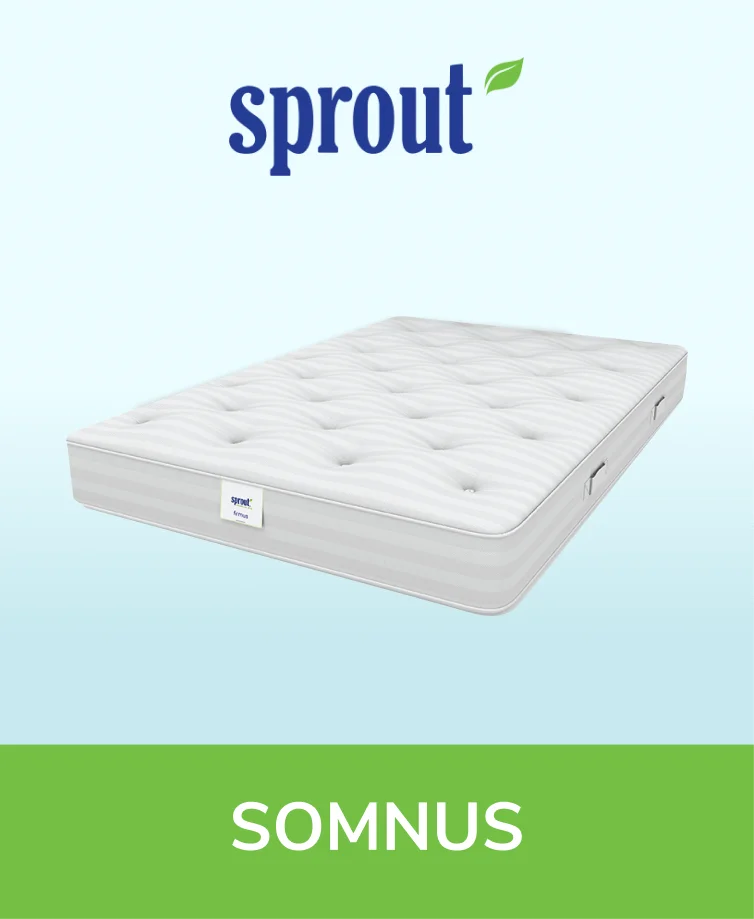
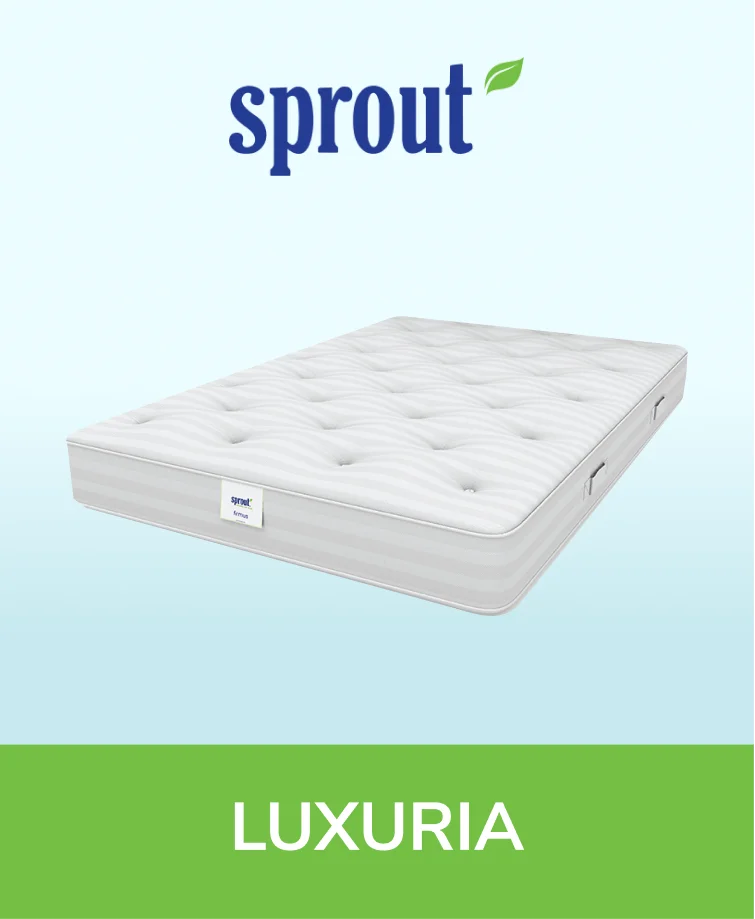
.webp)
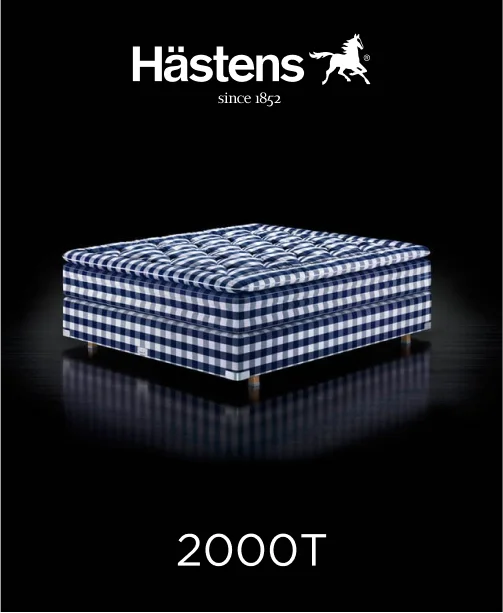
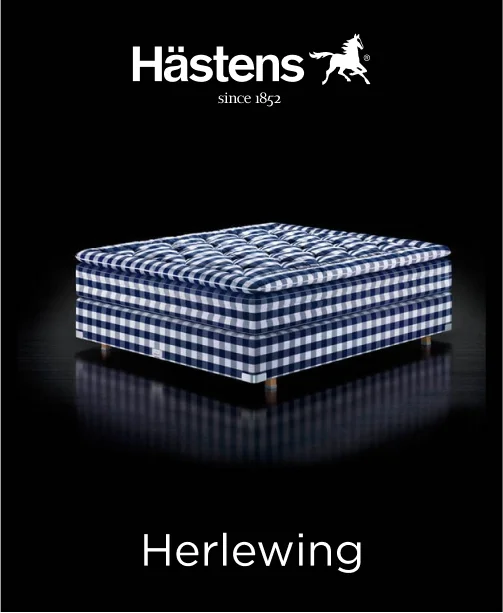
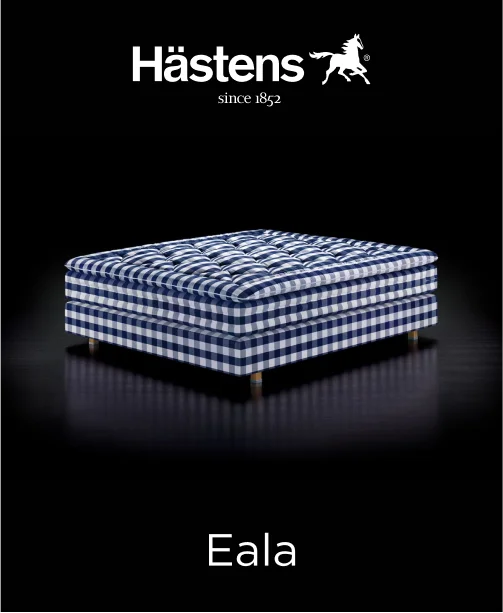
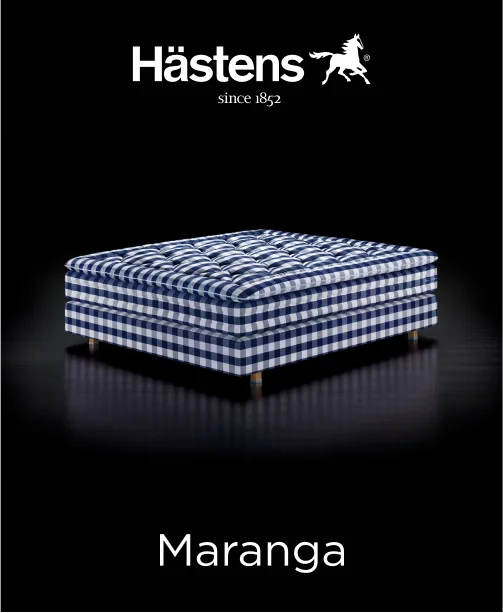
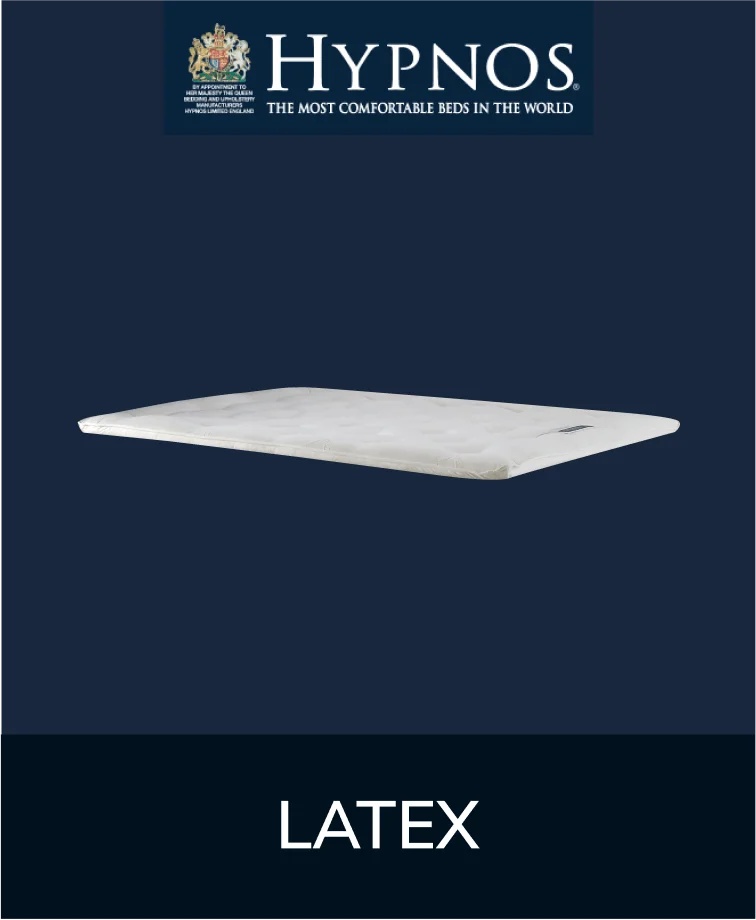
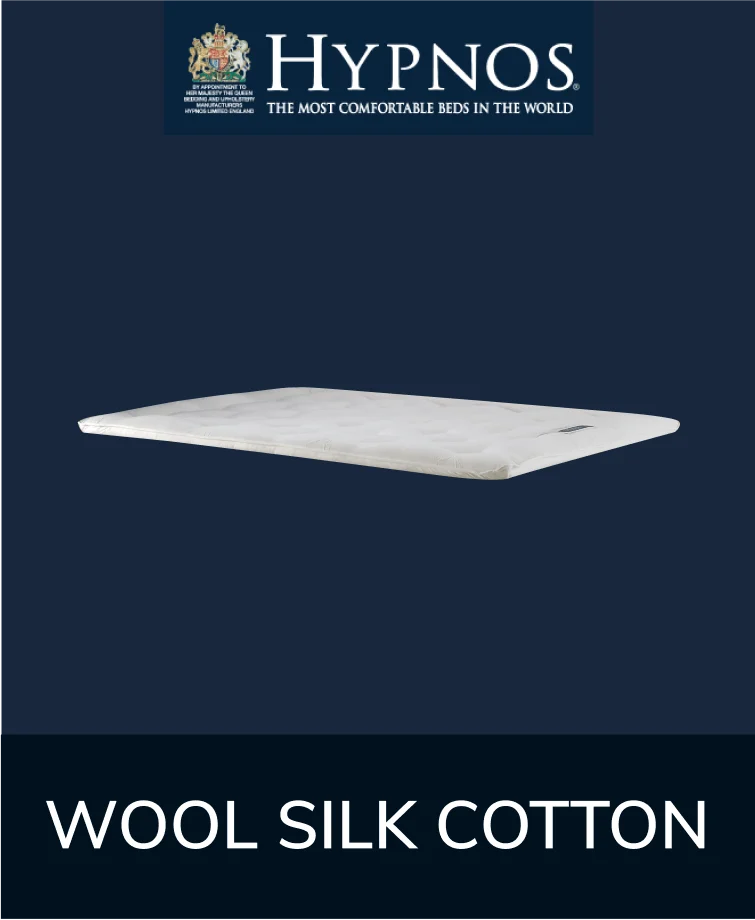
.webp)
.webp)
.webp)
.webp)
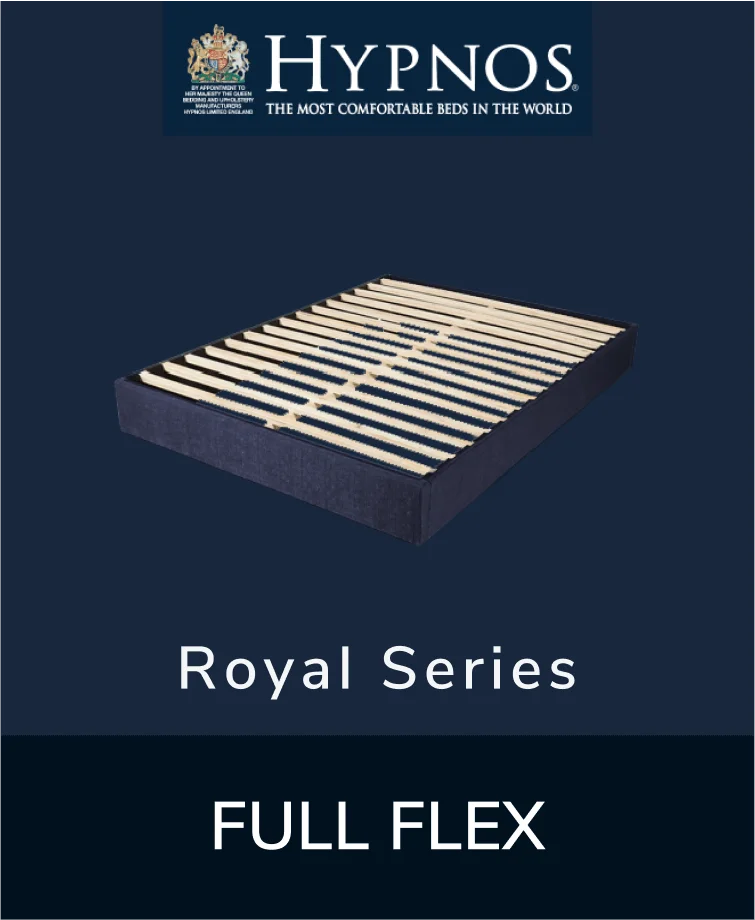
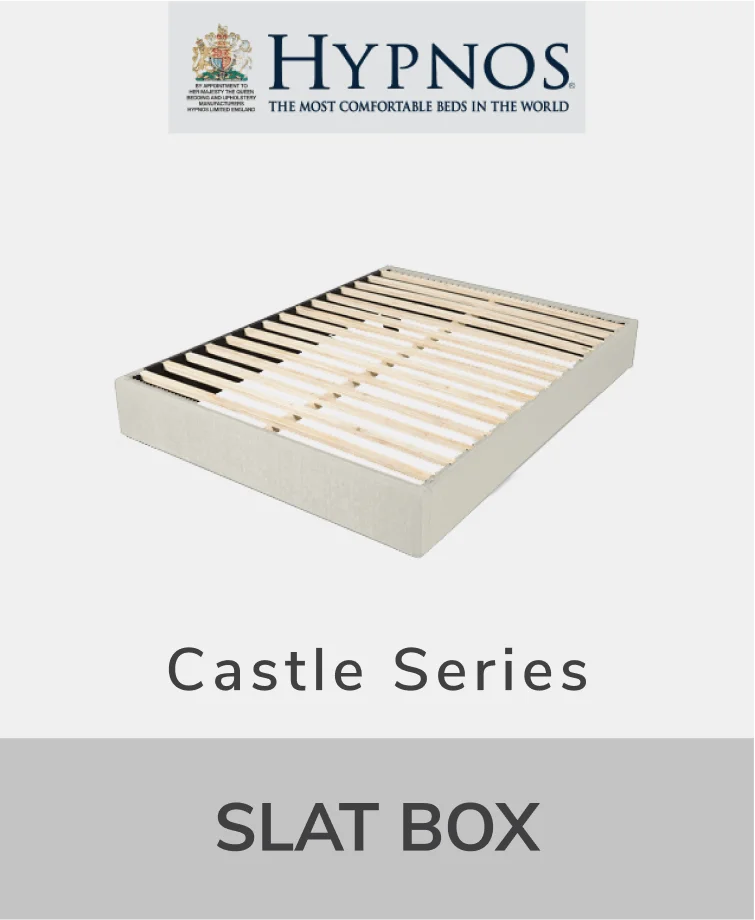
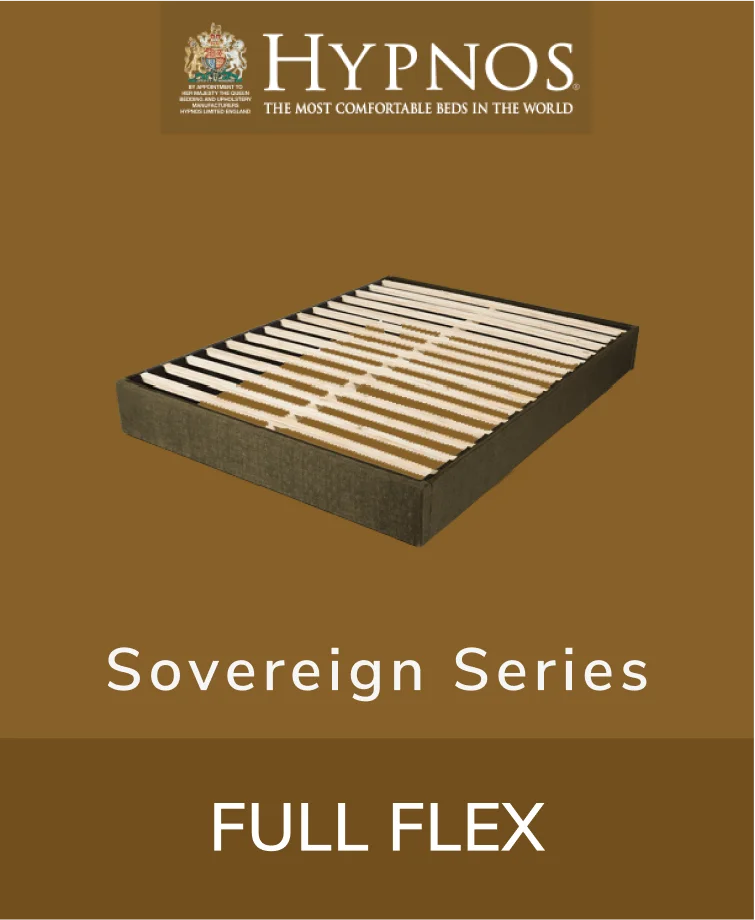
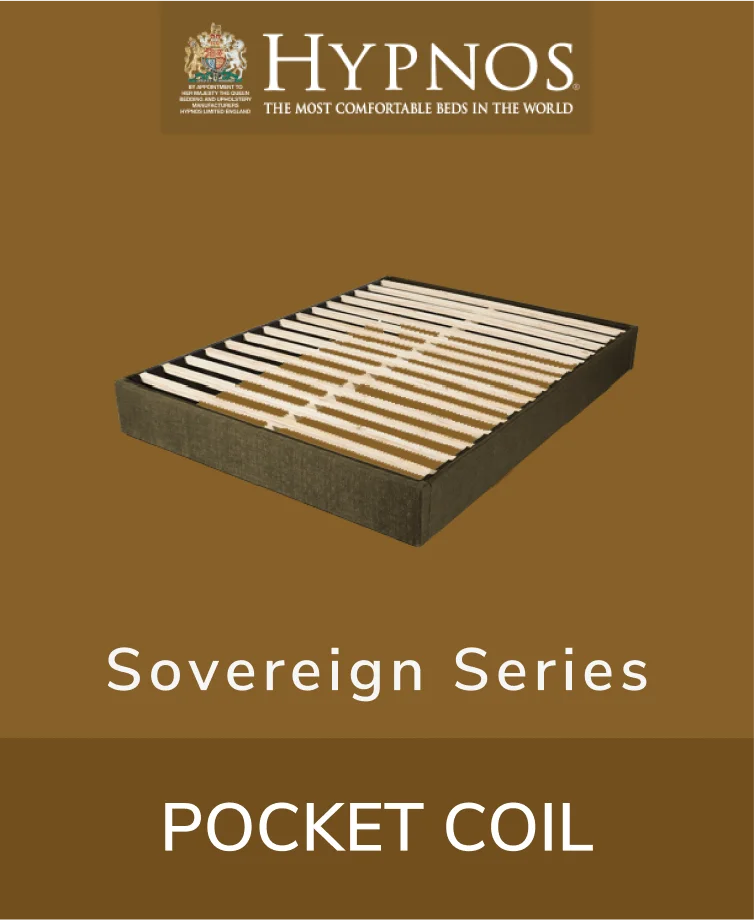
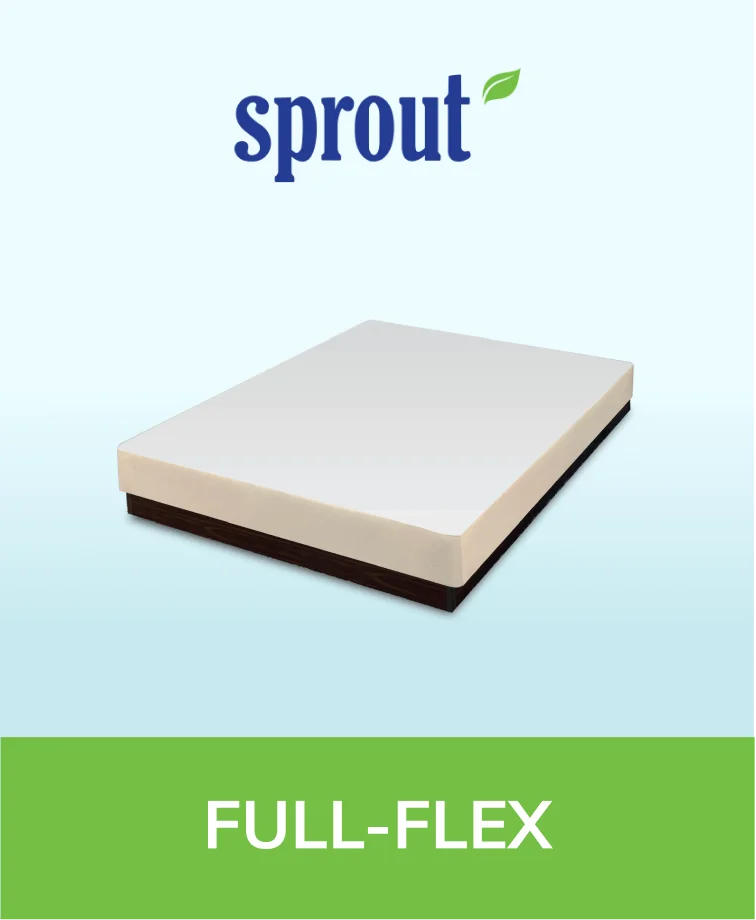

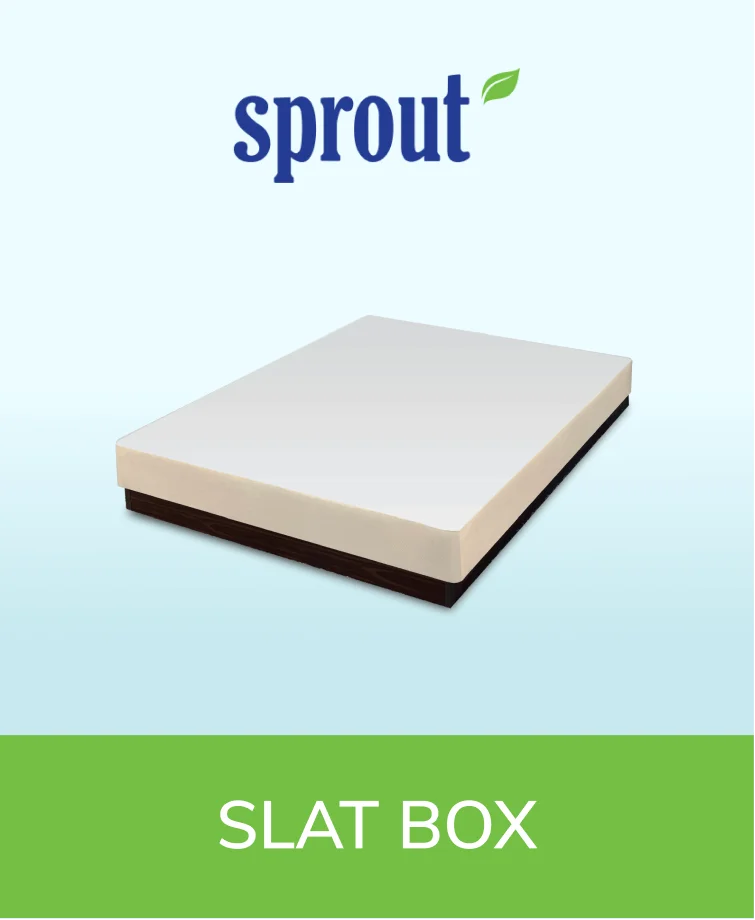
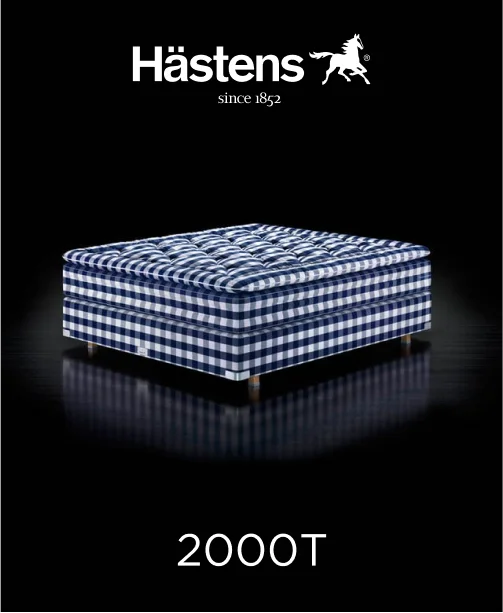
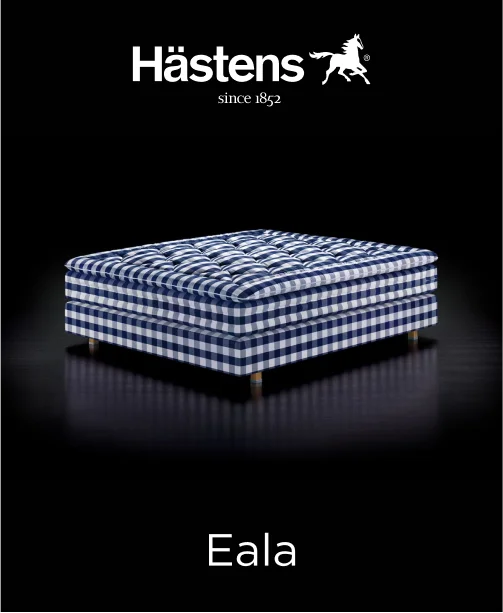
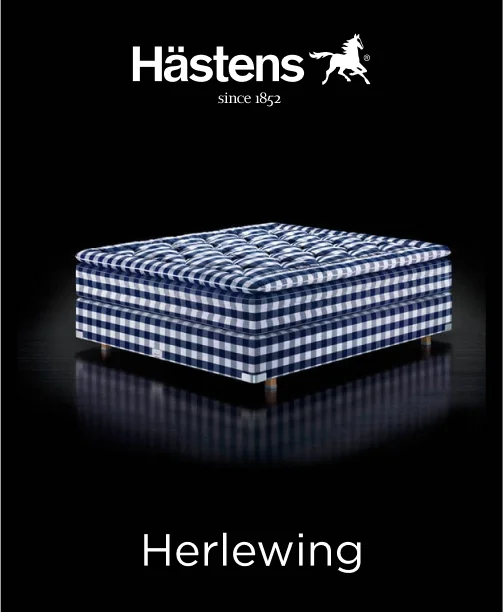
.webp)




.webp)




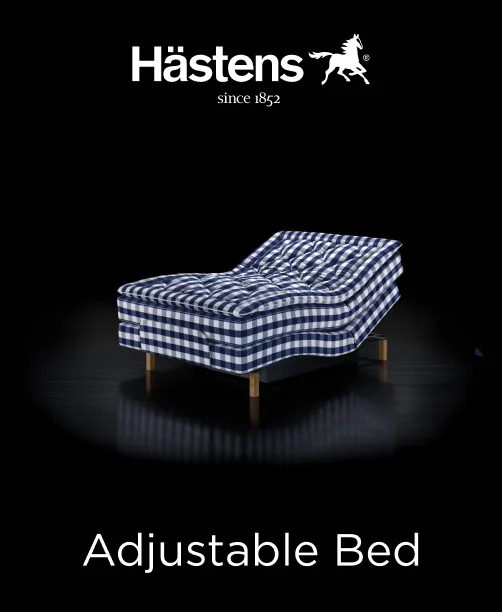
.webp)
.webp)
.webp)
.webp)
.webp)
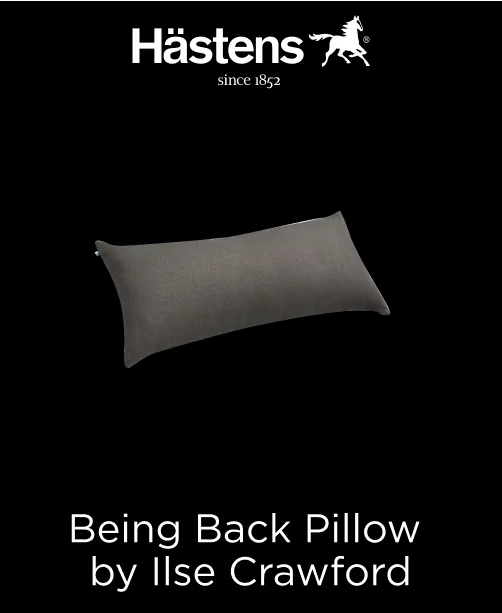
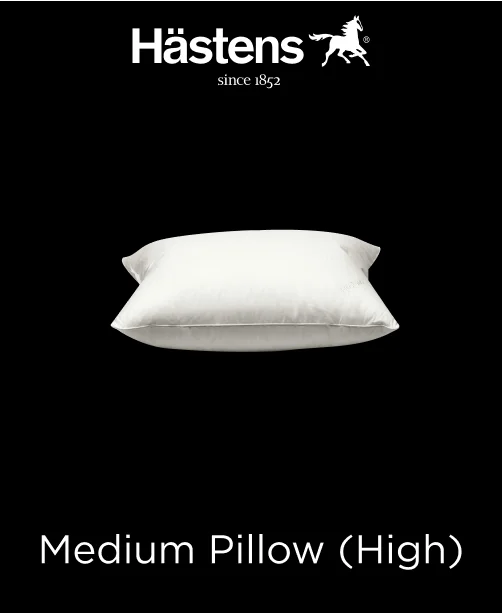
.webp)
-(Pillow).webp)
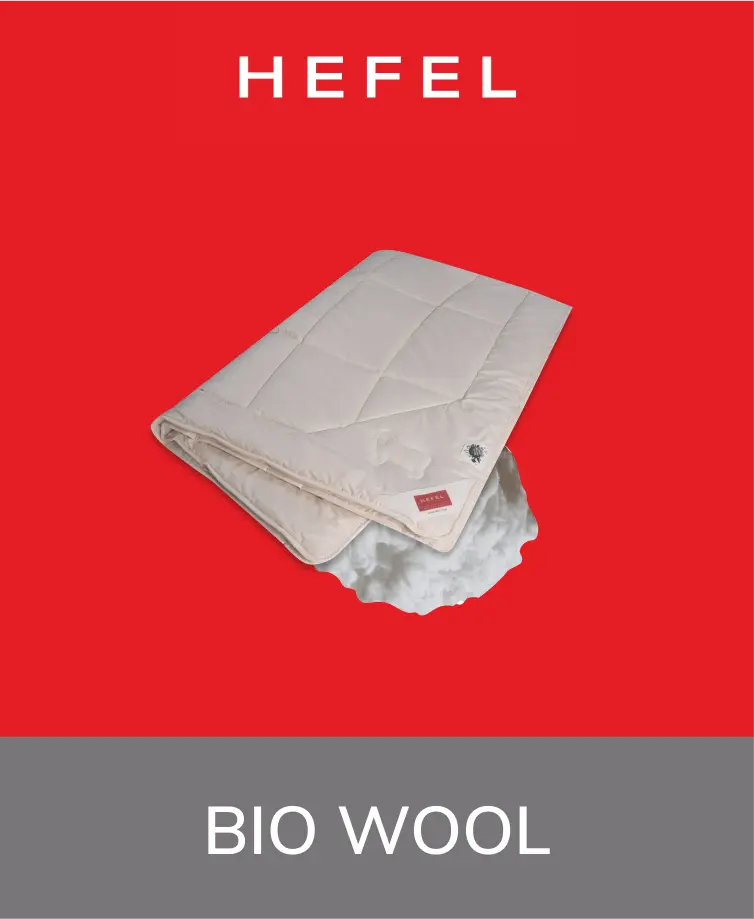
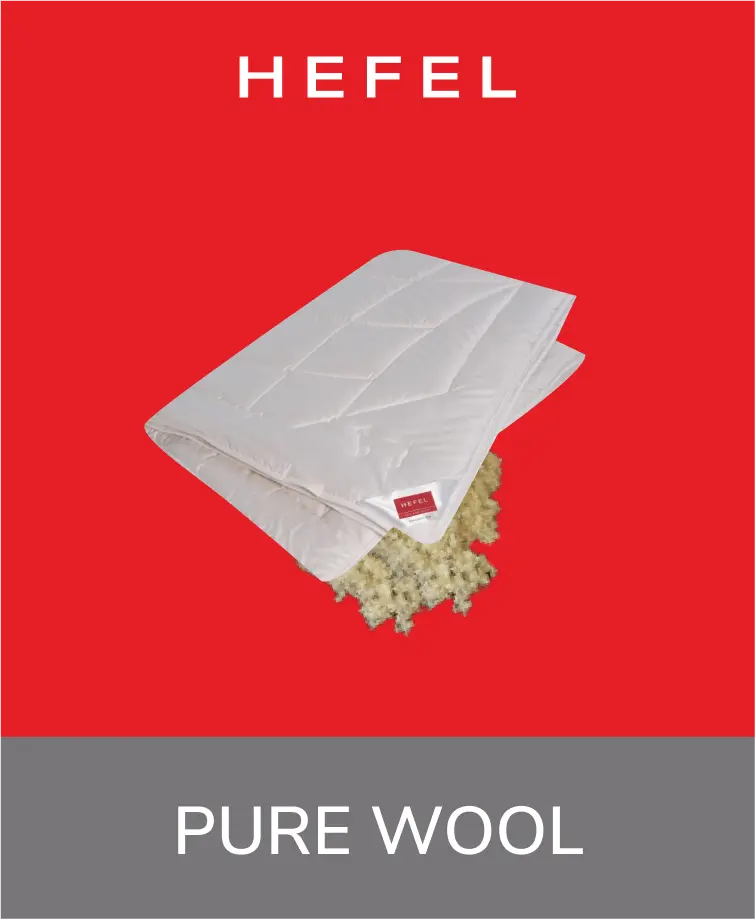
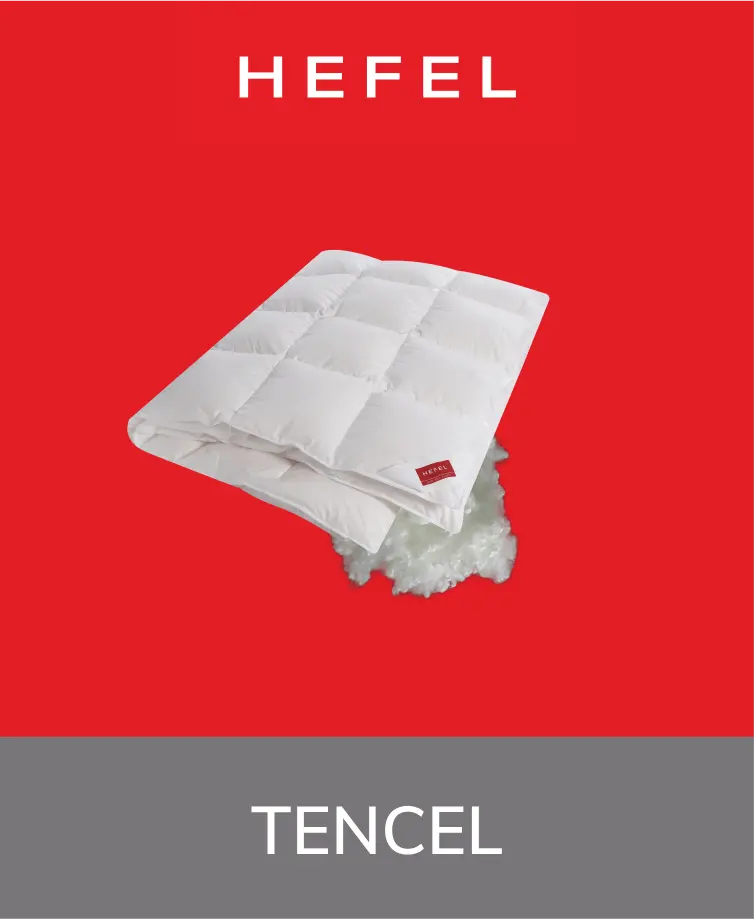
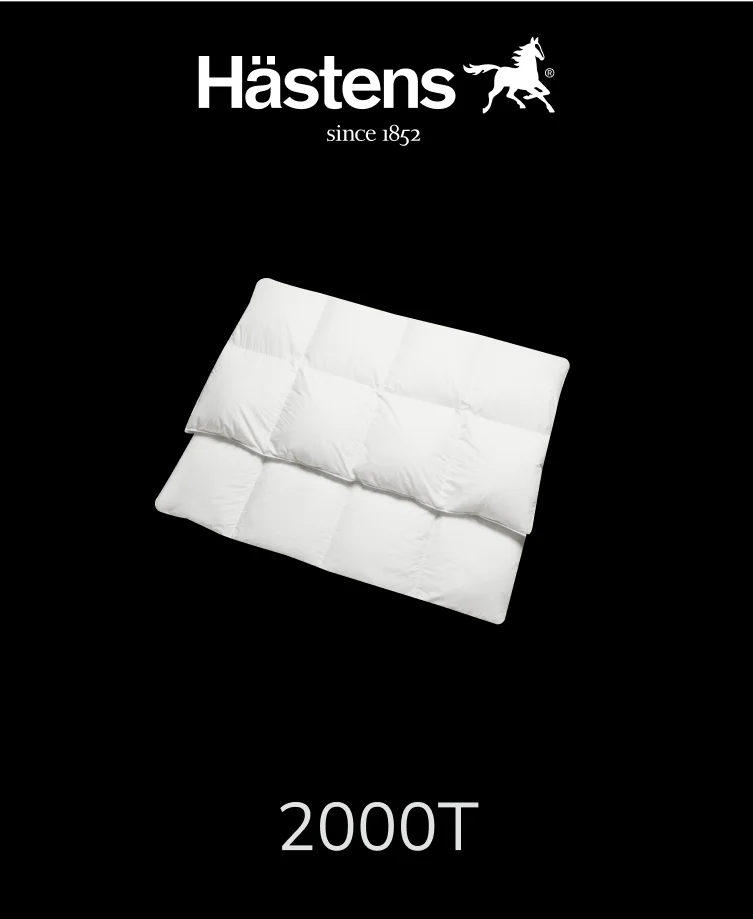
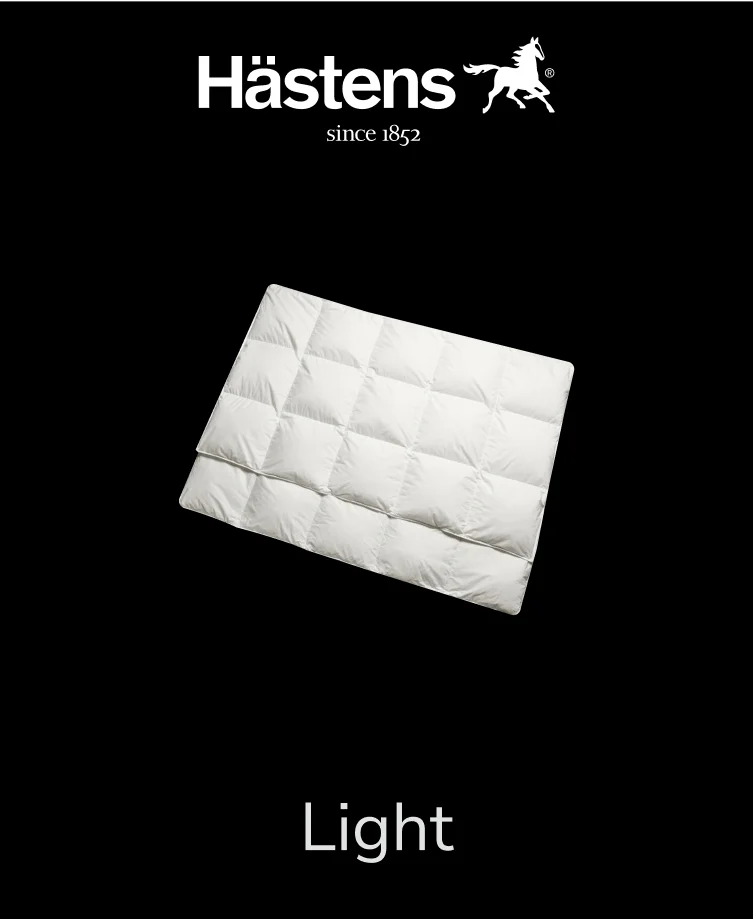
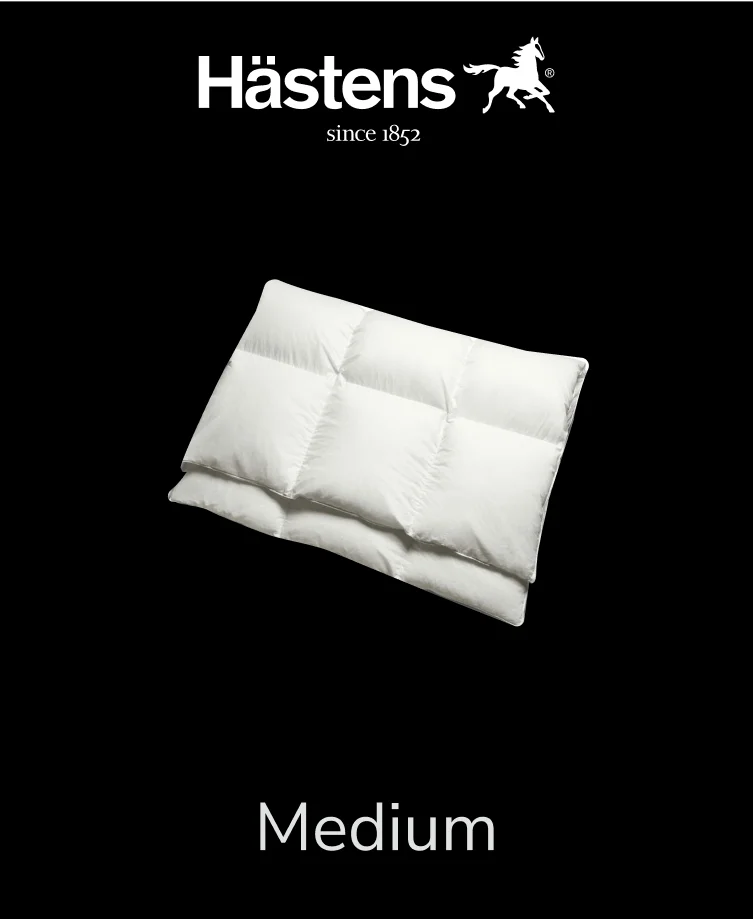
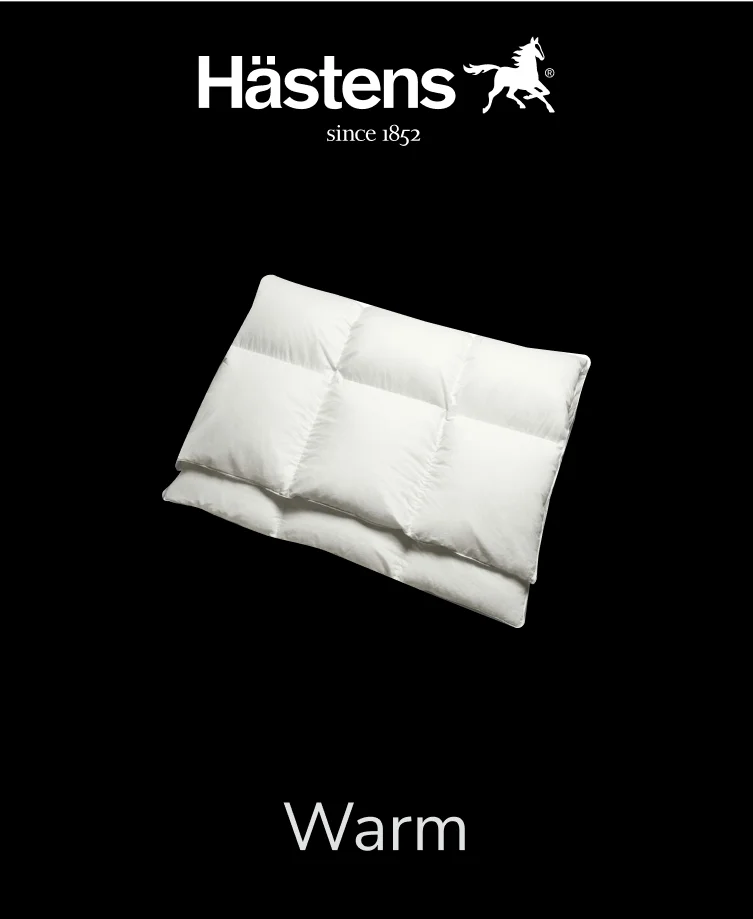
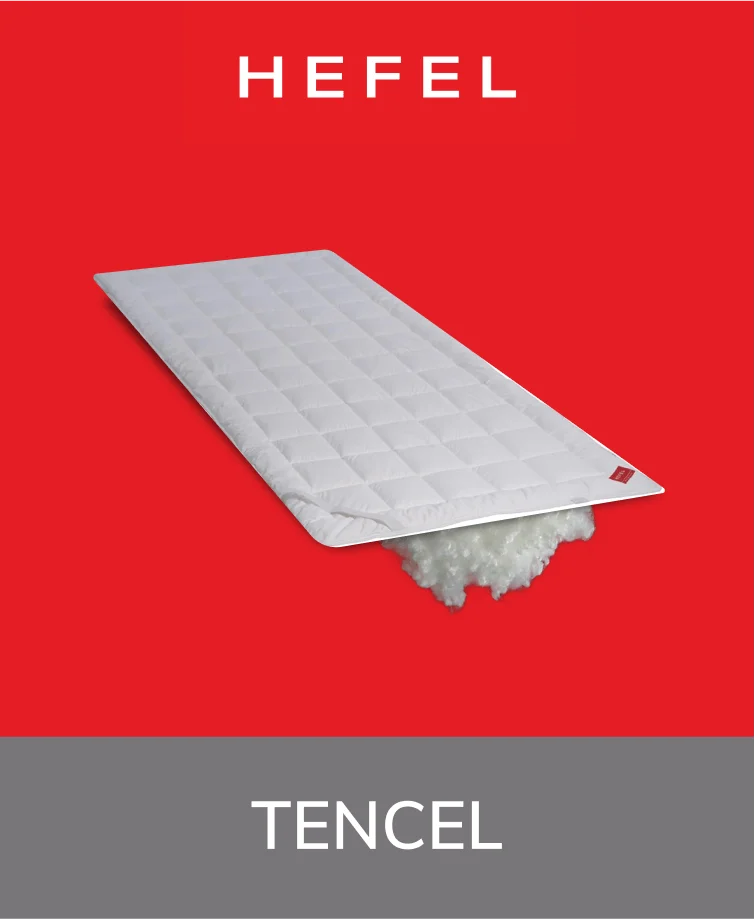
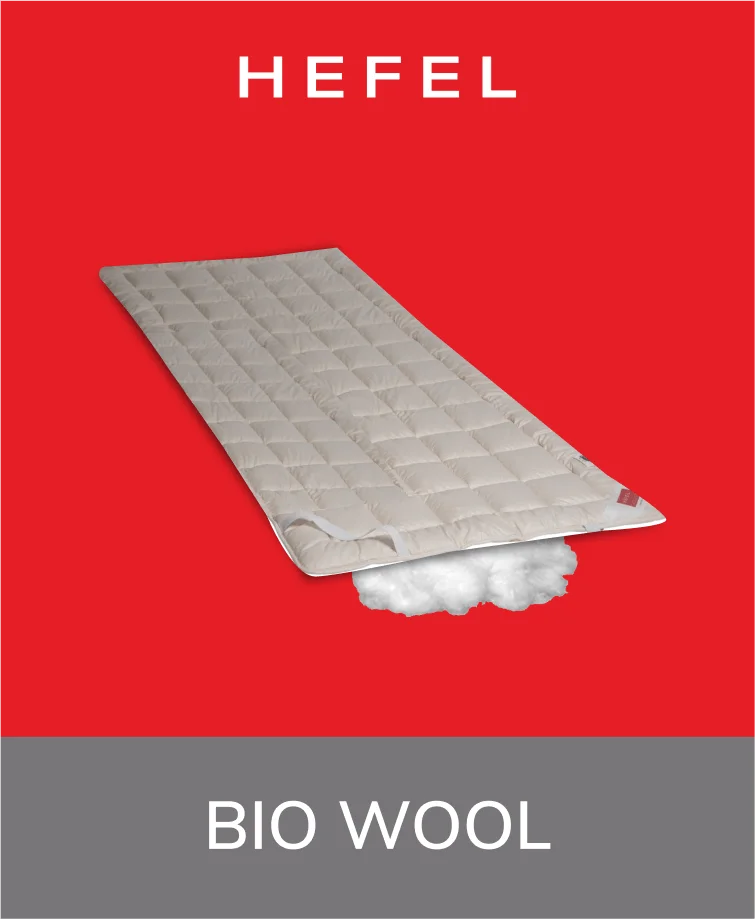
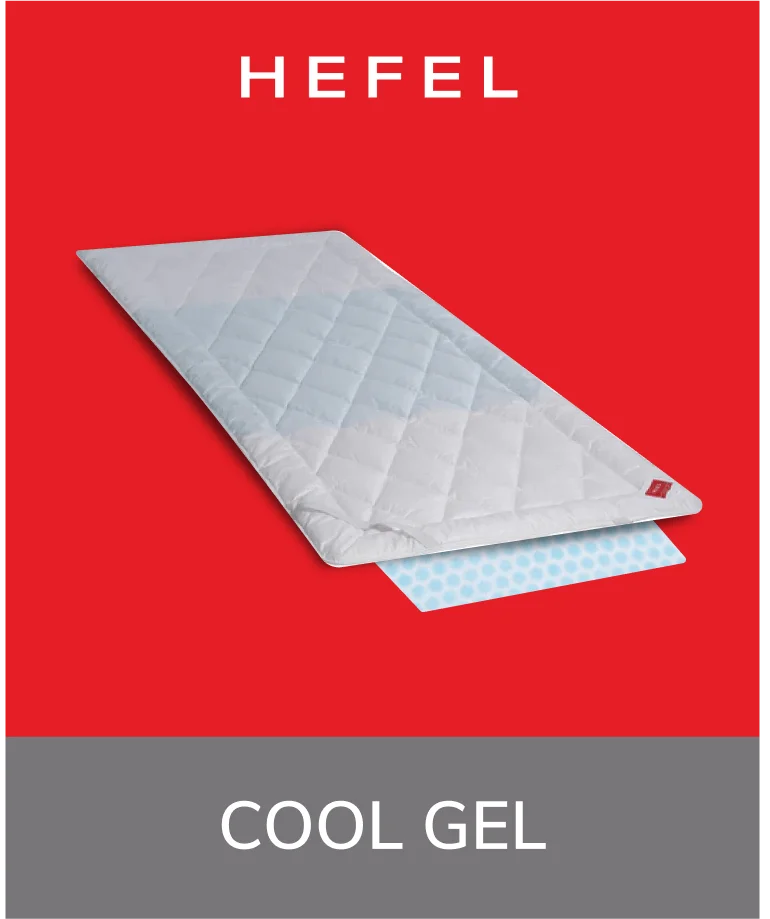






.webp)

.webp)
.webp)
.webp)
.webp)















